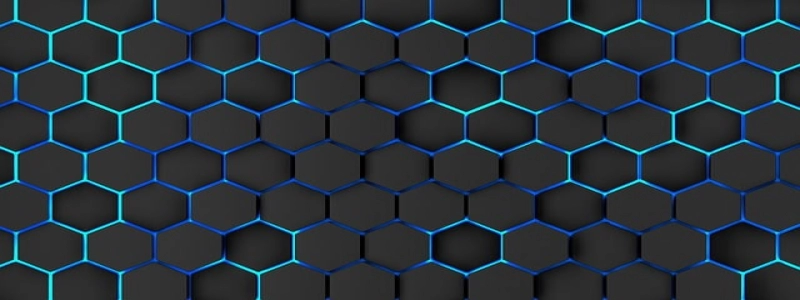Attenuation of X-rays
Einführung:
X-rays are a form of electromagnetic radiation commonly used in medical imaging and various other applications. When X-rays pass through matter, their intensity is reduced due to a process called attenuation. Attenuation refers to the reduction in the number of X-ray photons or the total energy of the photons as they interact with the atoms in the material they pass through. This article will explore the factors influencing X-ray attenuation and its importance in different fields.
Factors influencing X-ray attenuation:
1. Photon energy:
The energy of X-ray photons plays a crucial role in their attenuation. Higher energy X-rays are generally less attenuated compared to lower energy X-rays. This is because higher energy photons are more likely to pass through atoms without interacting significantly, resulting in less attenuation.
2. Material density:
The density of the material being penetrated by X-rays also affects their attenuation. Denser materials, such as metals and bones, tend to attenuate X-rays more compared to less dense materials like air or soft tissues. This is due to the higher number of atoms per unit area, leading to more interactions between X-ray photons and atoms.
3. Material thickness:
The thickness of the material being penetrated is another important factor. As the thickness increases, the attenuation of X-rays also increases proportionally. This is because the probability of interaction between X-ray photons and atoms increases with the number of atoms encountered along the path.
4. Atomic number:
The atomic number of the material determines its ability to attenuate X-rays. Materials with higher atomic numbers have more electrons available for interaction with X-ray photons, leading to greater attenuation. For example, lead, with a high atomic number, is commonly used in shielding against X-rays due to its strong attenuation properties.
Importance of X-ray attenuation:
1. Medical imaging:
In medical imaging, X-ray attenuation allows for the differentiation between different tissues and structures within the body. By measuring the amount of X-ray attenuation, radiologists can identify abnormalities, diagnose diseases, and monitor treatment progress.
2. Industrial applications:
X-ray attenuation is widely utilized in industrial applications such as quality control and non-destructive testing. It helps detect defects in materials, measure thicknesses, and identify the composition of objects without causing damage.
3. Radiation therapy:
In radiation therapy for cancer treatment, X-ray attenuation is critical for targeting tumors accurately. By understanding the attenuation properties of different tissues, radiation oncologists can determine the appropriate dosage and treatment plan to maximize the destruction of cancer cells while minimizing damage to healthy tissues.
Abschluss:
Attenuation of X-rays refers to the reduction in intensity as they pass through matter. Various factors such as photon energy, material density, thickness, and atomic number influence the degree of attenuation. Understanding X-ray attenuation is essential for medical imaging, industrial applications, and radiation therapy. Further research in this field can lead to advancements in imaging techniques, diagnostic accuracy, and treatment protocols.








